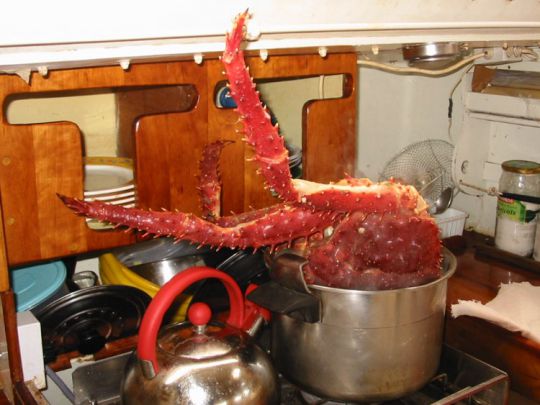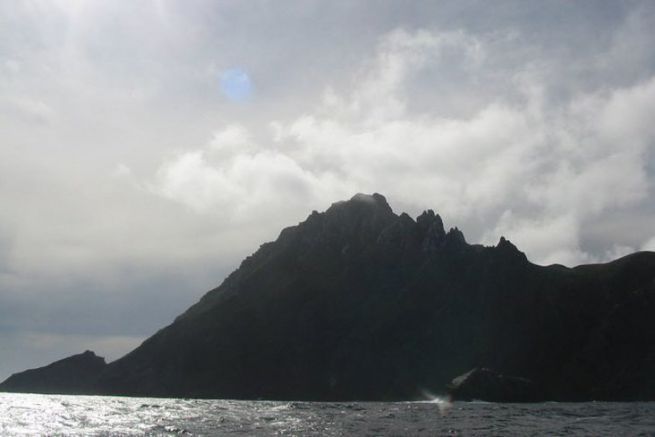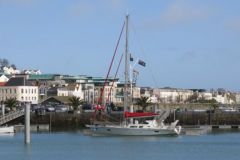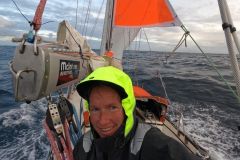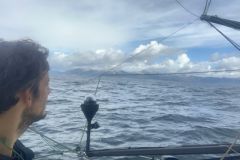Traditionally, crossing Cape Horn means for sailors the end of sailing in the 40s or even 50s. The end of the hard seas with the repeated passage of depressions. In fact, when you sail around the world with the wind, Cape Horn comes after crossing the South Pacific. Sailors then take the title of "horn cape". But can the same be said of those who set off from Patagonia channels to sail around the island and then quickly return to protect themselves? It is precisely this experience that I tell you today.
Cape Horn of junk?
It is 6am, the sky is a uniform blue, without clouds. The sun illuminates Puerto Toro and its handful of huts, last village before Antarctica. I jumped into the dinghy and almost broke a leg by slipping on the thin layer of ice that had formed during the night.
I bring back the ropes we had carried ashore, and we raise the dinghy on its davits. On our way to Cape Horn. Etienne, my companion, had to reason with me, because I didn't want to go there: I didn't want to become a cheap cape-horn!
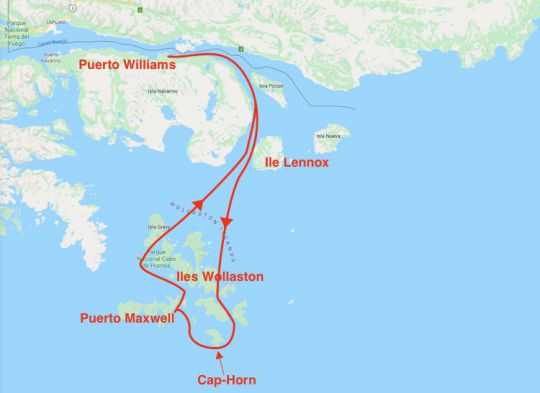
Approach through the channels of Patagonia
Hidden in the Patagonian channels that we sailed down under gennaker from Valdivia, we waited for our time. Far from the feat of the clippers and merchant ships of the past centuries, which crossed it from the outside, we are quietly sailing all the way to Horn Island, on board our beautiful pleasure sailboat equipped with solar panels and GPS and satellite communication antennas.
Unpredictable weather
South of Lennox Island, we meet the Boulard, a sailboat that left 24 hours before us, while Croix de Saint Paul appears a few miles ahead. Both are charter boats sailing between Ushuaïa and Antarctica. Ten miles from the Horn, none of the skippers can say with certainty if it will be possible to sail around it today: in twenty minutes the weather can change completely.
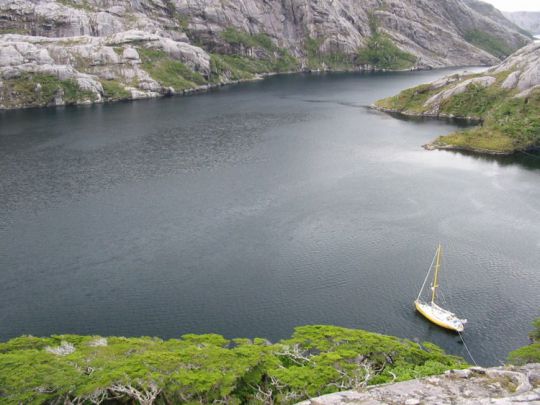
A "backwards" passage
As we make our way between the Wollaston Islands, the wind starts to freshen. The conditions remain quite manageable. We go around the mythical island "backwards". That is to say that we pass around the Isla de los Hornos from east to west, while the prevailing winds usually lead the sailboats to do the opposite course. Etienne invites me to call my grandfather in Brittany with the Inmarsat phone: "Hello, Pépé, I'm calling you from Cape Horn! My grandfather is the son of a fisherman, one of those men who used to look for tuna up to the coasts of Mauritania on board heavy wooden sailing ships. The photo of this great-grandfather in his work clothes is on the wall behind the map table. He is drinking with other sailors in the open air, he does not know that he too has just passed the Horn.
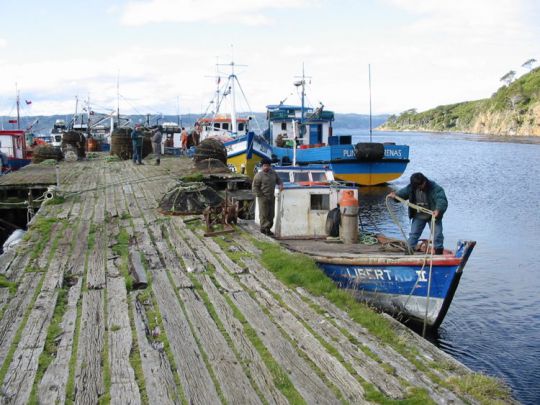
A photo and we leave
Champagne, pictures, and we hurry to Puerto Maxwell where the crew of Croix de Saint Paul has already landed. The next day, as we returned to Puerto Williams, the barometer collapsed. The wind picked up to 50 knots and visibility was reduced to 200 meters. We took refuge with difficulty under the wind of a cliff where many fishing boats were already moored. We exchanged wine with them for a huge spider. It was not so easy to get there after all
